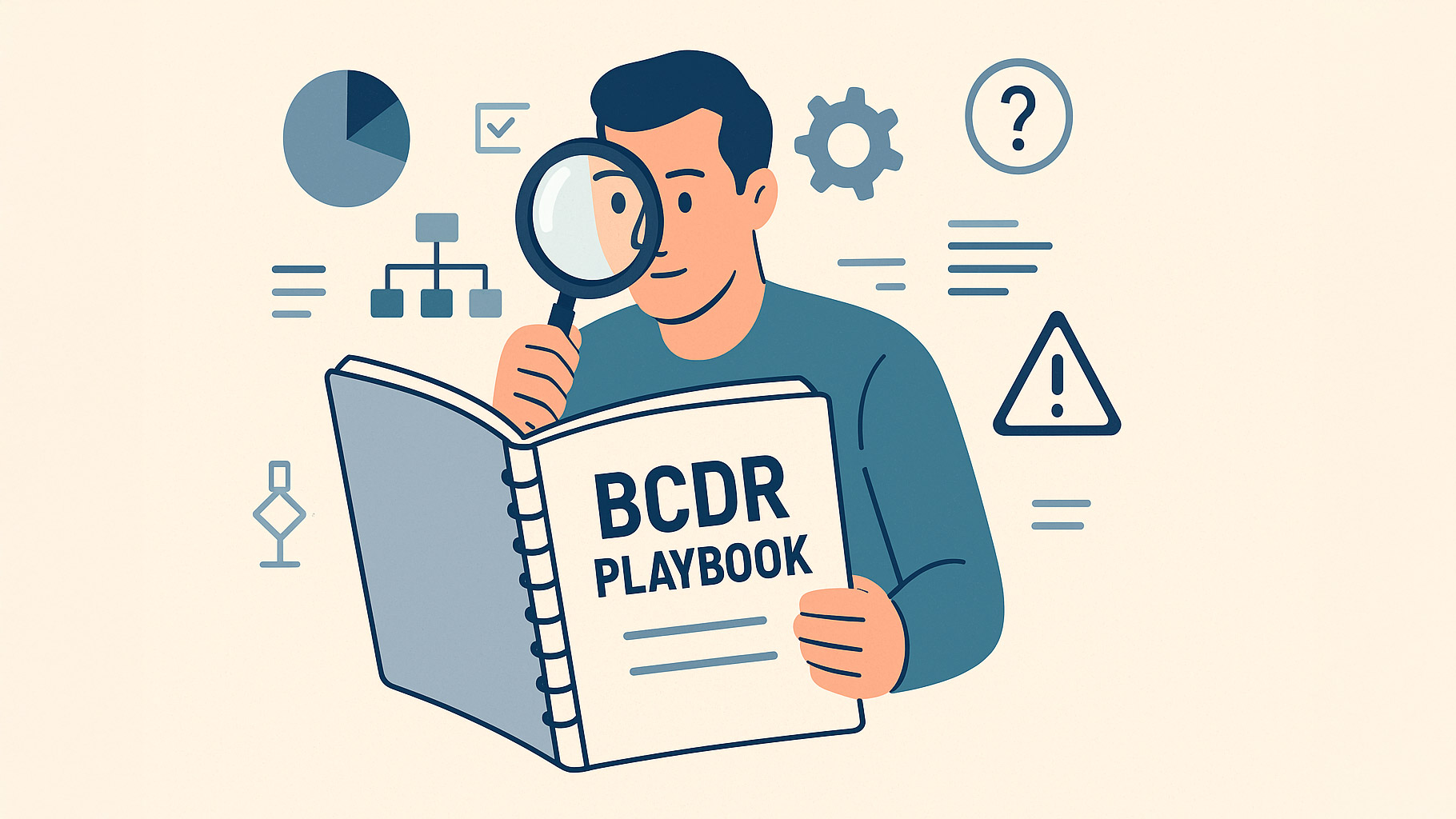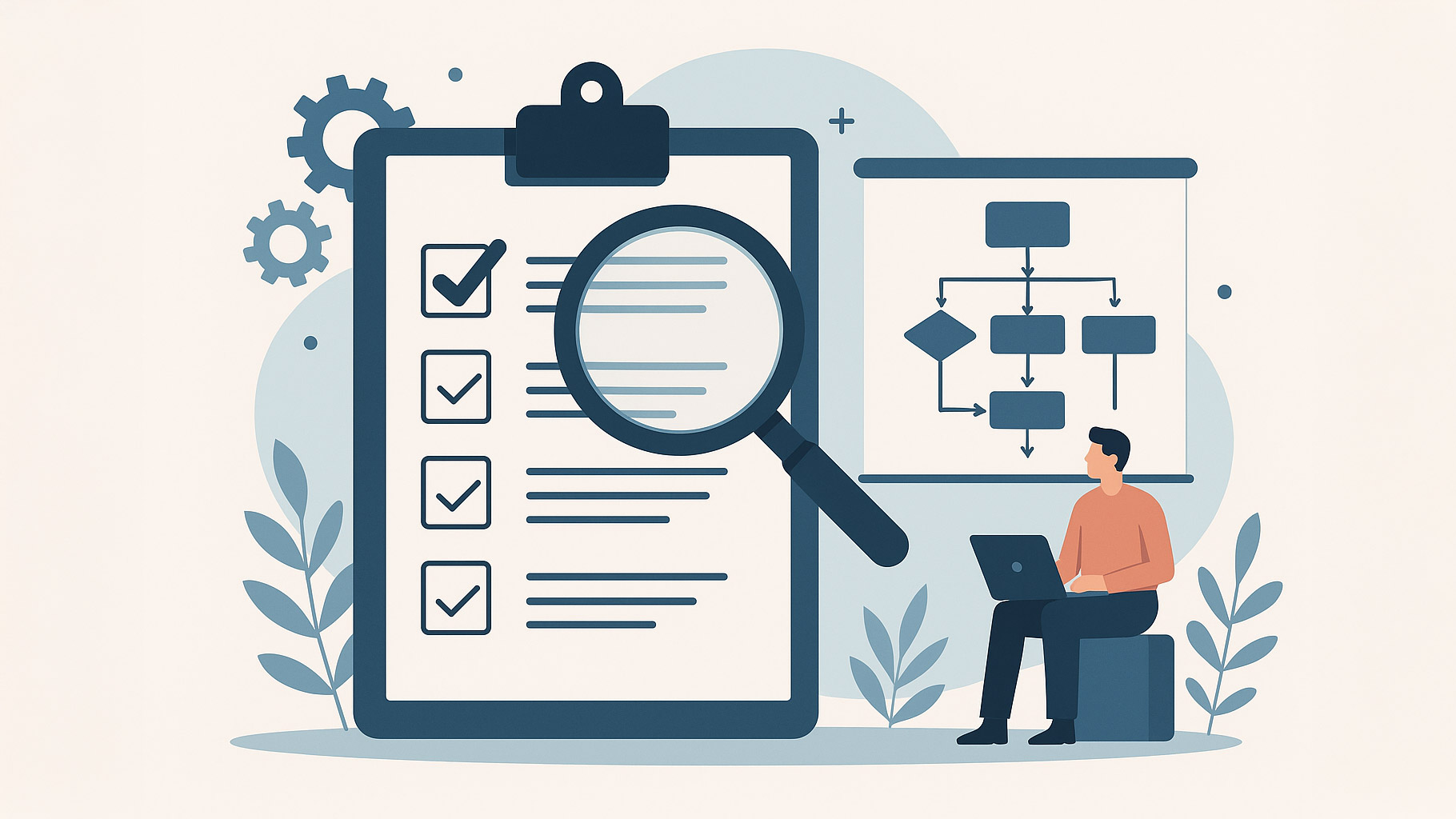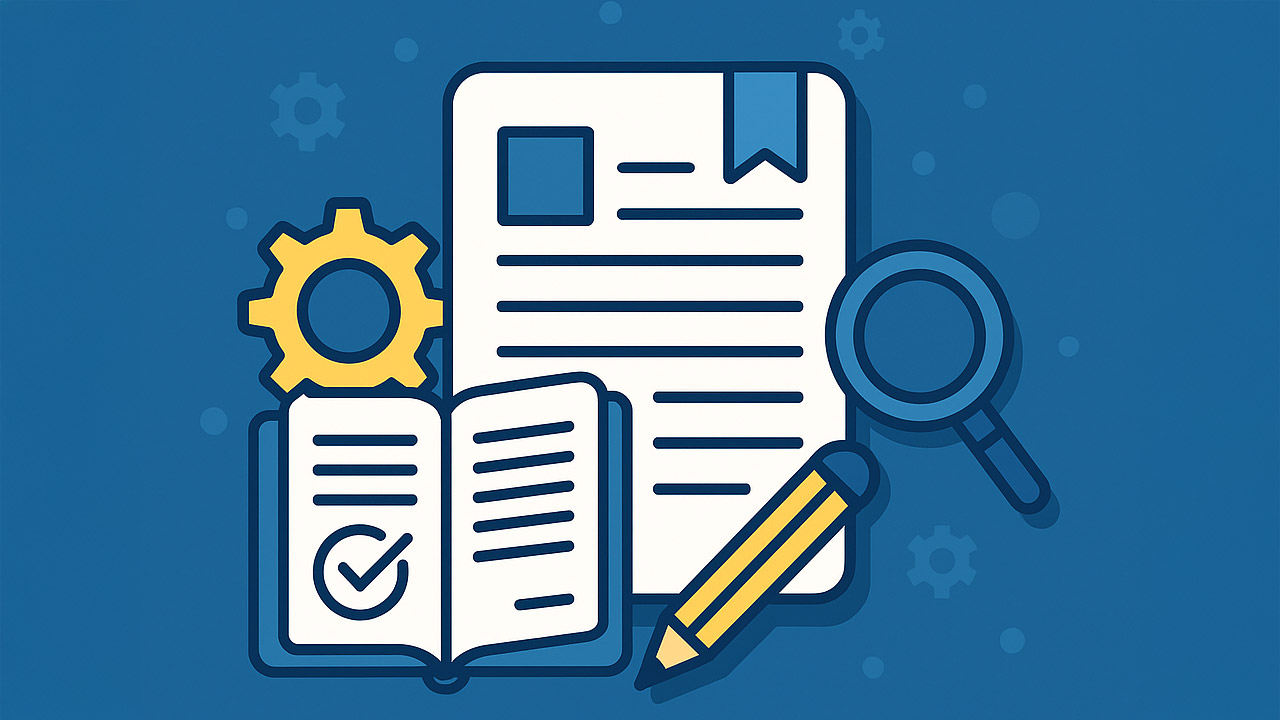PURCHASING A PSA TOOL based solely on the need for a ticketing system is complete madness. It will be the most expensive service desk tool you will ever buy. Many MSPs do not take time to really understand whether they need a service desk or a PSA tool. As a result, they end up using a very small portion of the tool’s functionality and wonder why they never see any value from it.
Sure, a PSA has a built-in service desk and it’s designed for service delivery teams to provide world-class customer service, but there is so much more, such as CRM, project management, finance, etc.—none of which are designed to be used in isolation. There is no point getting a PSA tool because you want a service desk and then complaining that the other modules are so bad you can’t use them; and there is no point getting a PSA tool so that you can use it for profitability and then never bill from it or run a single report.
If you just need a tool to respond to customer requests, track time on those issues, and report on what issues your customers are logging, then a plain old service desk system will more than suffice. However, if you want to grow your business and increase your profitability, a PSA tool can help you get there.
Will all your business pain points be fixed with a PSA tool? No, it is a huge misconception among MSPs that a PSA will solve 100% of their problems. The only way to solve 100% of your business issues is to develop a bespoke, or custom-tailored, solution. This could end up costing you a lot more time and money in the long run.
No “”off the shelf”” product will automate your entire business or solve every issue. There will still be some things you have to do manually, and some processes you used to automate may have to change when you use a PSA tool. That’s why it’s important to understand what problems you are trying to solve and if these will be addressed by the PSA tool you choose.
Size Doesn’t Matter
Even though it’s not a “”Holy Grail,”” the top MSPs in the world use a PSA to increase efficiency by working smarter, which helps them to scale and increase profits. Yet I often hear these objections from smaller MSPs:
- I am too small to use a PSA tool.
- I am only a one-man shop. I will wait until I grow a bit bigger before I get a PSA tool.
- PSA tools are too complicated to use and not designed for the smaller shop.
If I had a dollar for every time I have heard these excuses, I would be writing this article from my island in the Caribbean instead of my house in England. Even a small one-man band can use a PSA tool! These days, there is a PSA to cater to all sizes of business and many have been developed specifically for the “”smaller MSP.””
So, whenever someone tells me they are too small, I simply ask them if they are serious about their business.
Most of the time, the answer is YES. At that point I ask:
- Are you able to determine with 100% accuracy whether your clients are profitable, and are you able to put your finger on the problem clients, by generating a report in seconds?
- How do you know how efficient your engineers are? Are they fully utilized?
- Can you accurately bill all your engineers’ time from the same tool they create the time in, without double entry into the accounts tool?
Most of the time the answer is NO.
At which point my answer is: GET A PSA TOOL.
CHRIS TIMM is the owner of Sondela Consulting, an MSP consulting firm in the U.K., and the author of PSA Profitability.












